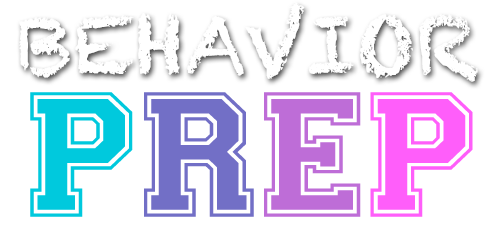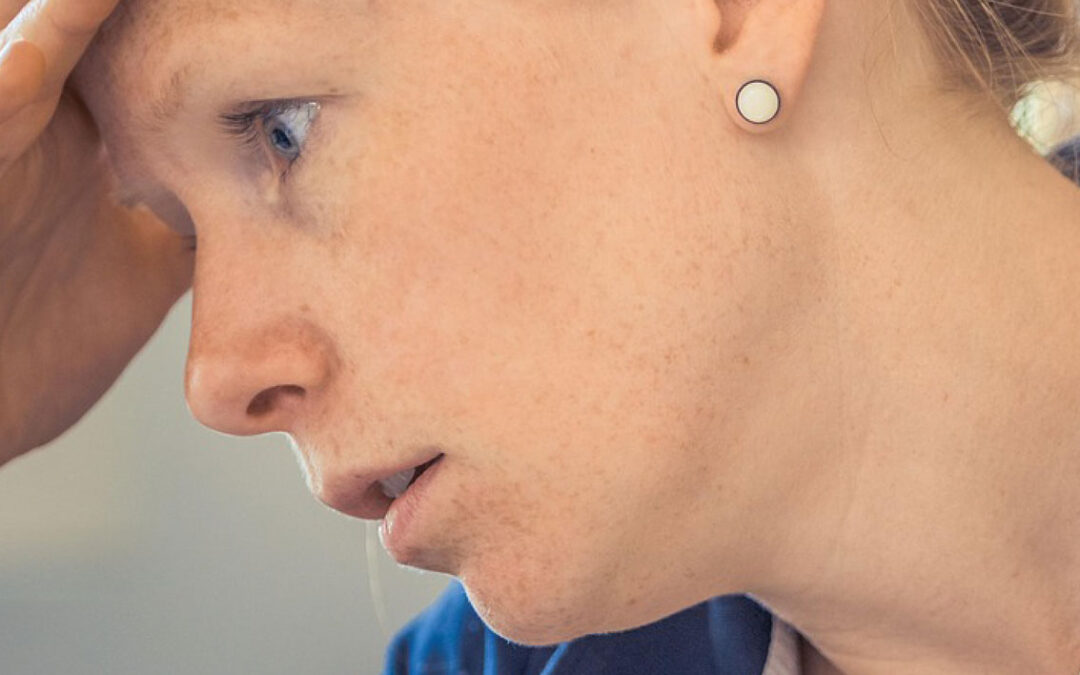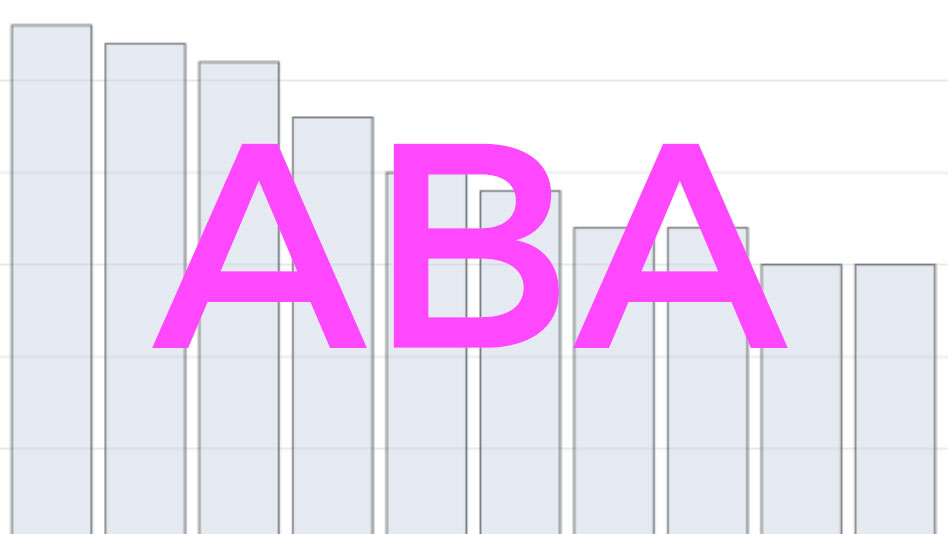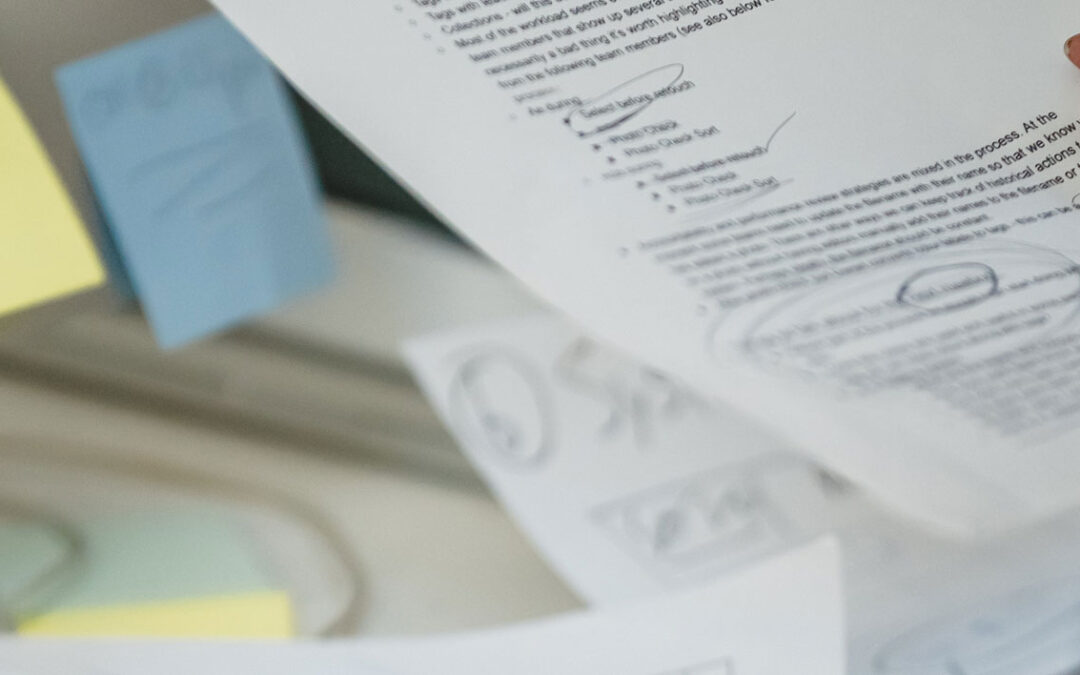Hey all you future Registered Behavior Technicians® (RBT®)! You’ve probably heard of this credential, and thought, what exactly do RBTs® do? Besides having one of the most rewarding jobs, RBTs® are the backbone of behavior analysis. They are the ones on the front line, making the magic of behavior analysis come to life.
In short, an RBT® is a certified paraprofessional, who delivers behavior analysis services under the supervision of a qualified RBT supervisor, such as a Board Certified Behavior Analyst® (BCBA®). Like the BCBA® and BCaBA® credentials, an RBT® is certified through the Behavior Analyst Certification Board® (BACB®).
While the BCBA®, or BCaBA®, is responsible for program oversight and creating intervention plans, the RBT® is responsible for carrying out the programs. This includes providing direct ABA therapy, collecting data and implementing behavior intervention plans. RBTs® are also responsible for maintaining professional relationships with clients and must abide by the RBT® Code of Ethics. Typical pay for an RBT® can range from $15-$23 an hour, depending on location and funding source.
So how do you become an RBT®? You must follow this task analysis:
- High school diploma or equivalent
- At least 18 years old
- Pass a criminal background check
- Complete a 40-hour RBT® Training Course
- Pass RBT® Competency Assessment
- Pass RBT® Exam
For more information on the RBT® certification, visit the BACB® website at www.bacb.com
Happy preppin’!
Xo BehaviorPrep






